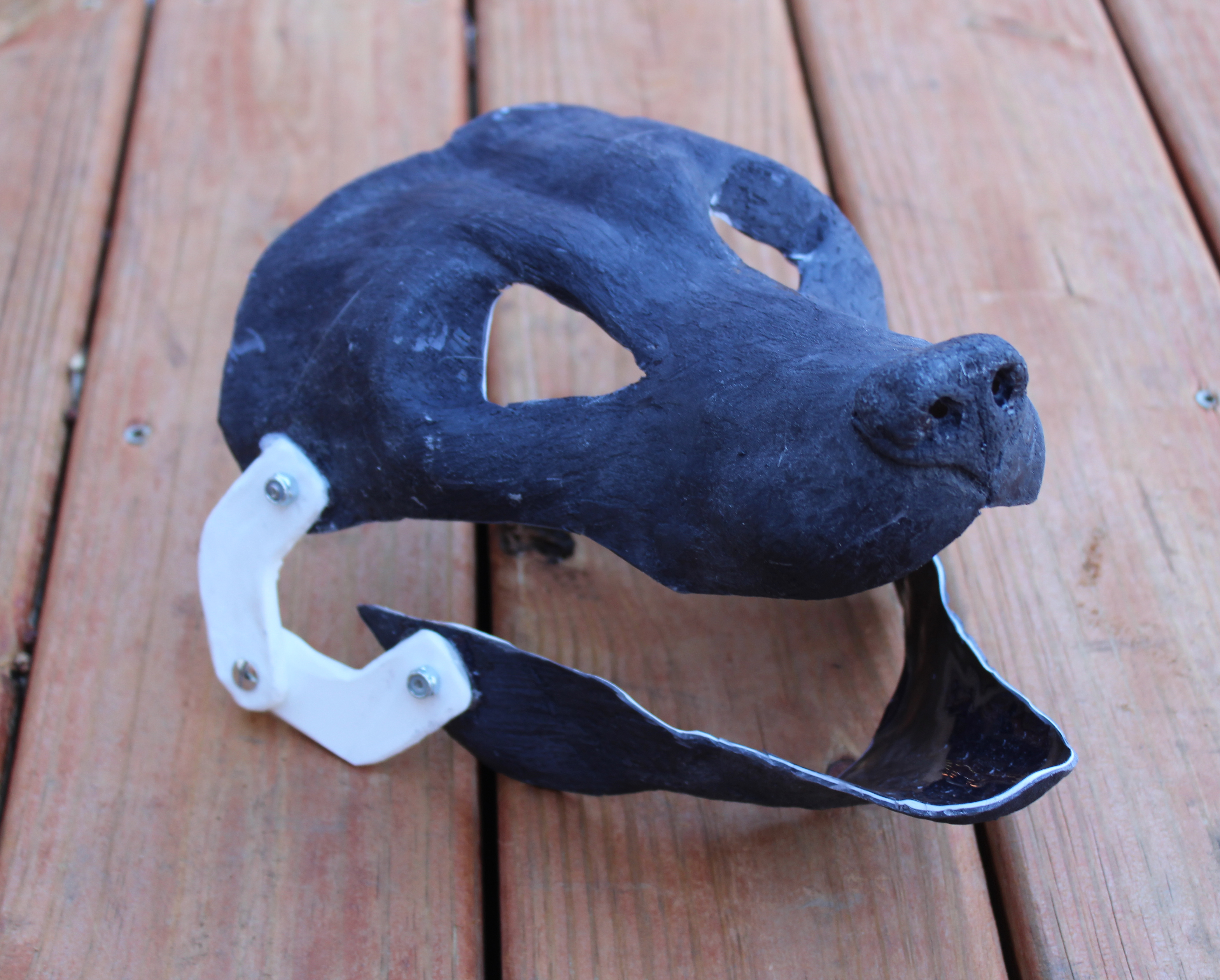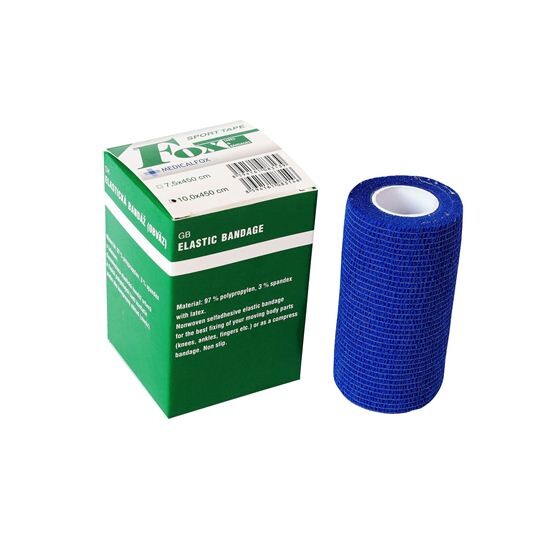
Prepare the bandage by rolling out about 6-8 inches, roll it back on itself and then roll it back on itself a second time. Using plaster bandages as a mold backing is simple. They provide a neat and clean method to add rigidity to the rubber and rubber-like molds such as alginate which once remove from a subject would be formless without hard packing to support it during the casting process. The most common use of plaster bandages in mold making and casting is for shell or mother molds. Plaster bandages can be used by themselves to make rough body part molds as the capture form, but not detail.

#Fox plaster bandage mask skin#
They are all skin safe so that they can be used against the skin with no discomfort or ill effects. Our plaster-based Plaster of Paris bandages have a number of uses. So using plaster against the skin must be avoided.

When using plasters and gypsum, care must be taken as the chemical reaction that occurs when plaster is mixed with water is exothermic in nature and, in large volumes, can burn the skin. CastRite is also a great choice for mold making, shell molds and latex slush molds. CastRite Art Stone is the perfect choice for casting as it sets fairly hard, but yet not hard enough that it can’t be carved or tooled. Instead, the harder the casting plaster the crisper the detail and the more substantial the art piece.

We advise against using traditional Plaster of Paris for art casting as it becomes chalky and flaky over time, does not hold detail well and is hydroscopic, that is when allowed to become damp, can turn irreversibly into a solid form. In its simple form plaster is a mixture of lime or gypsum, sand, and water, sometimes with fiber added, that hardens to a smooth solid. This section contains our plaster and plaster-based products.


 0 kommentar(er)
0 kommentar(er)
